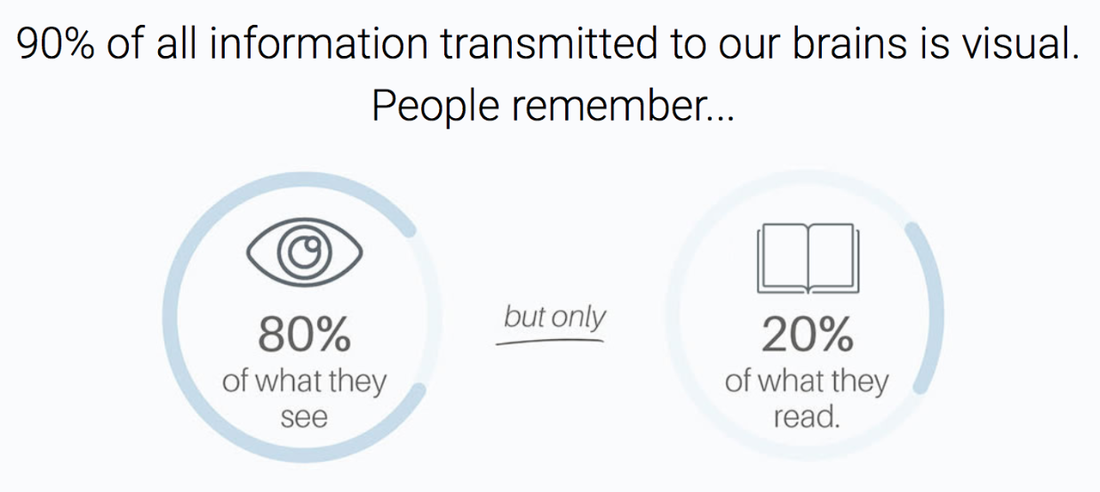“There are two ways to share knowledge; you can push information out, or pull people in with a great story” –Unknown
"Stories are the antidote to bias....From my years as a social justice activist, I know very well that we need credible facts from media institutions combined with the powerful voices of storytellers. That's what pushes the needle forward in terms of social justice." -Sisonke Msimang
Stories in Action Workshop series
|
There is power your truth, in the story that brought you to the work that you do with us in the Urban Cohort. Please join us in finding, sharing, and uplifting our journeys within the Urban Cohort. Learn how the power within your story can act as a catalyst to inspire and empower others to find their own paths toward social justice.
Workshop facilitators: Stephanie Baer, Tammy Schwartz, Michelle Wallace |
If you are a participant needing to complete a survey, obtain the password from Dr. Baer, and click here.
|
Finding Your Story: Participant information
|
Community Connection: Participant information
|
|
Videos used in first workshop:
“What’s Your Sentence?” -- Then watch examples here. Terms used in first workshop: Thesis statement: This is an intentional statement (one sentence) that takes a position on something. It is meant to be the central focus of your story. Elaborated thesis: This takes your thesis statement and develops it into 1-3 paragraphs that tells your story. Use the visual map you created as a guide to form your ideas. Remember: Chronology, central message, clarity Understanding a story structure: character - conflict - spark - change in character - take away message Preparation for workshop 2:
Stories in Action - Community Connection
Questions? Concerns? Comments?
Feel free to contact Dr. Baer anytime. |
Amy Cuddy: Your Body Language Shapes Who You Are
TED Talk given in June 2012 Ash Beckham: We're all hiding something TED Talk given in September 2013 7 techniques for storytelling:
Each technique is linked to an example TED talk. These techniques were outlined by Akash Karia.
|

